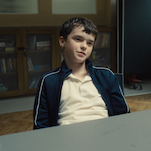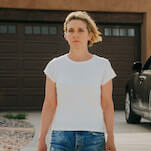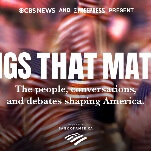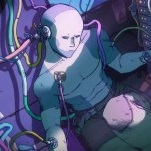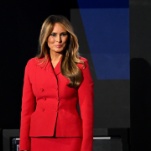Inside Out 2 review: An emotional support movie for those who still have faith in Pixar
The Inside Out sequel may be Pixar’s best film in years, but that’s not really saying much
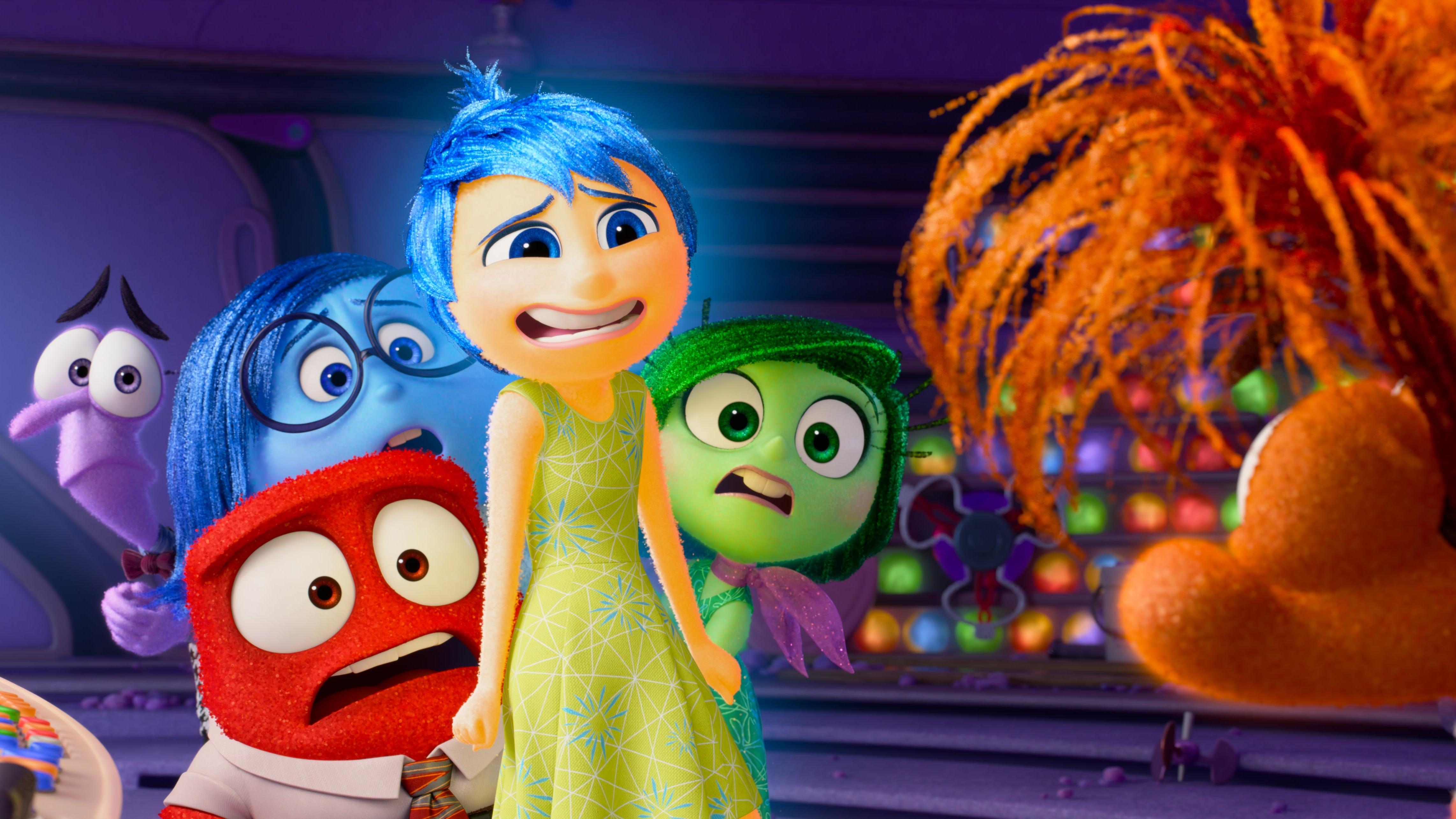
When it comes to sequels, Pixar’s track record has been mixed, to say the least. At the upper end of the quality scale there’s Toy Story 2, not only one of the best sequels to come from Pixar, but one of the best sequels ever made. Following closely behind it is Toy Story 3, completing an impeccable trilogy that probably should have stayed a trilogy. Then, on the opposite end of the spectrum we have Cars 2, a tedious, lackluster retread that fundamentally misunderstood what people liked about the first one. Although it was financially successful, Cars 2 signaled the lowering of standards that would eventually lead to Pixar’s creative decline. It didn’t happen all at once, though. There were a few films released in the subsequent years that still had evidence of the old spark, like 2015's Inside Out, a fun and—there’s no other way to say it—emotional story set mostly inside the head of an 11-year-old girl named Riley.
It makes sense that Pixar would go back to the well that yielded $858 million at the box office and an Oscar for Best Animated Feature. And so here we are, a decade later, revisiting Riley and her emotions in Inside Out 2. Compared to other Pixar sequels, it lands somewhere in the middle of the pack, but closer to the higher aspirations of Toy Story than the superficiality of Cars. Inside Out 2 has a lot going for it right out of the gate that other sequels don’t. It doesn’t have to work hard to justify its existence and it doesn’t have to undo any of the progress or character development from the original. It works because Inside Out left room to grow. Throughout the first film we saw Riley’s childhood constructs being torn down to make way for more adolescent preoccupations, but that transition wasn’t completed by the end of the film. It concludes with the arrival of a new, expanded console, sporting a giant red button marked “puberty” and Joy ominously observing, “After all, Riley’s 12 now. What could happen?” The purpose of Inside Out 2 is to answer that question, to complete her coming-of-age arc.
We pick up the story a year later, with Riley (Kensington Tallman, replacing Kaitlyn Dias) and the emotions in her headspace—Joy (Amy Poehler), Sadness (Phyllis Smith), Anger (Lewis Black), Fear (Tony Hale, replacing Bill Hader), and Disgust (Liza Lapira, replacing Mindy Kaling)—settling into teenagehood. Riley has fully acclimated to life in San Francisco. She plays on a hockey team with her two best friends, Bree (Sumayyah Nuriddin-Green) and Grace (Grace Lu). She’s a good student and gets along with her supportive parents. Her identity is starting to coalesce through a new mental process called the Belief System. Whenever Joy (or any other character) inputs a core memory into the system, a new belief forms. A memory of her helping out a classmate might result in a belief like “I am a good friend.” All of those beliefs entwine with each other to form Riley’s Sense of Self. Naturally, Joy has assumed sole responsibility for its construction and she’s very selective about what memories go into it.
Although Joy now understands the importance of Sadness and all the other emotions and happily lets them take their turns at the console, she still has a lot to learn when it comes to seeing the full picture of Riley’s mental health. Just when everything seems to be humming along nicely, the puberty alarm goes off and a handful of new, more complex emotions come barging in. Joining the original five in Headquarters are Anxiety (Maya Hawke), Envy (Ayo Edebiri), Embarrassment (Paul Walter Hauser), and Ennui (Adèle Exarchopoulos). Anxiety takes control almost immediately, obsessively projecting every possible future scenario and trying to prevent the worst from happening. When Joy gets in the way she literally bottles her up with the rest of the basic emotions and sends them off to the vault where Riley keeps her deepest, darkest secrets.




